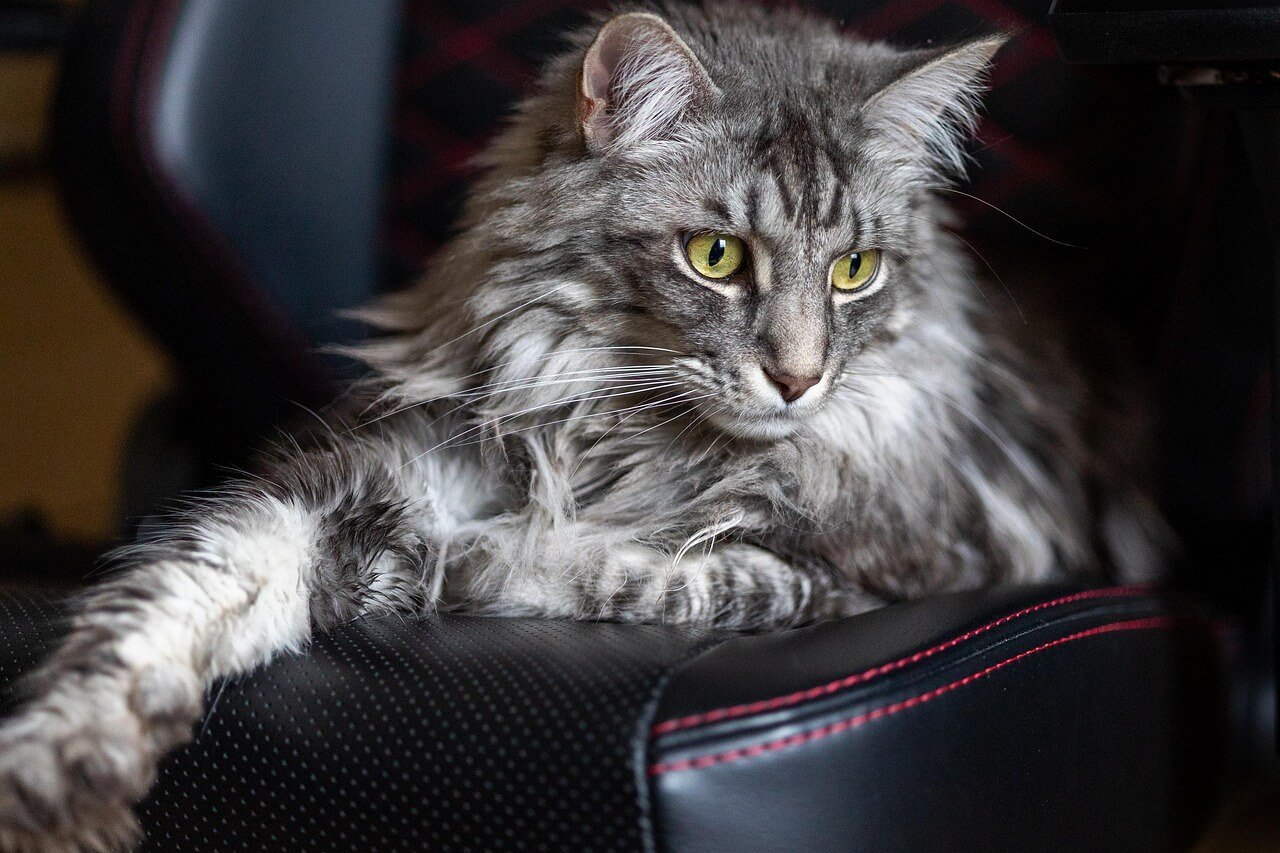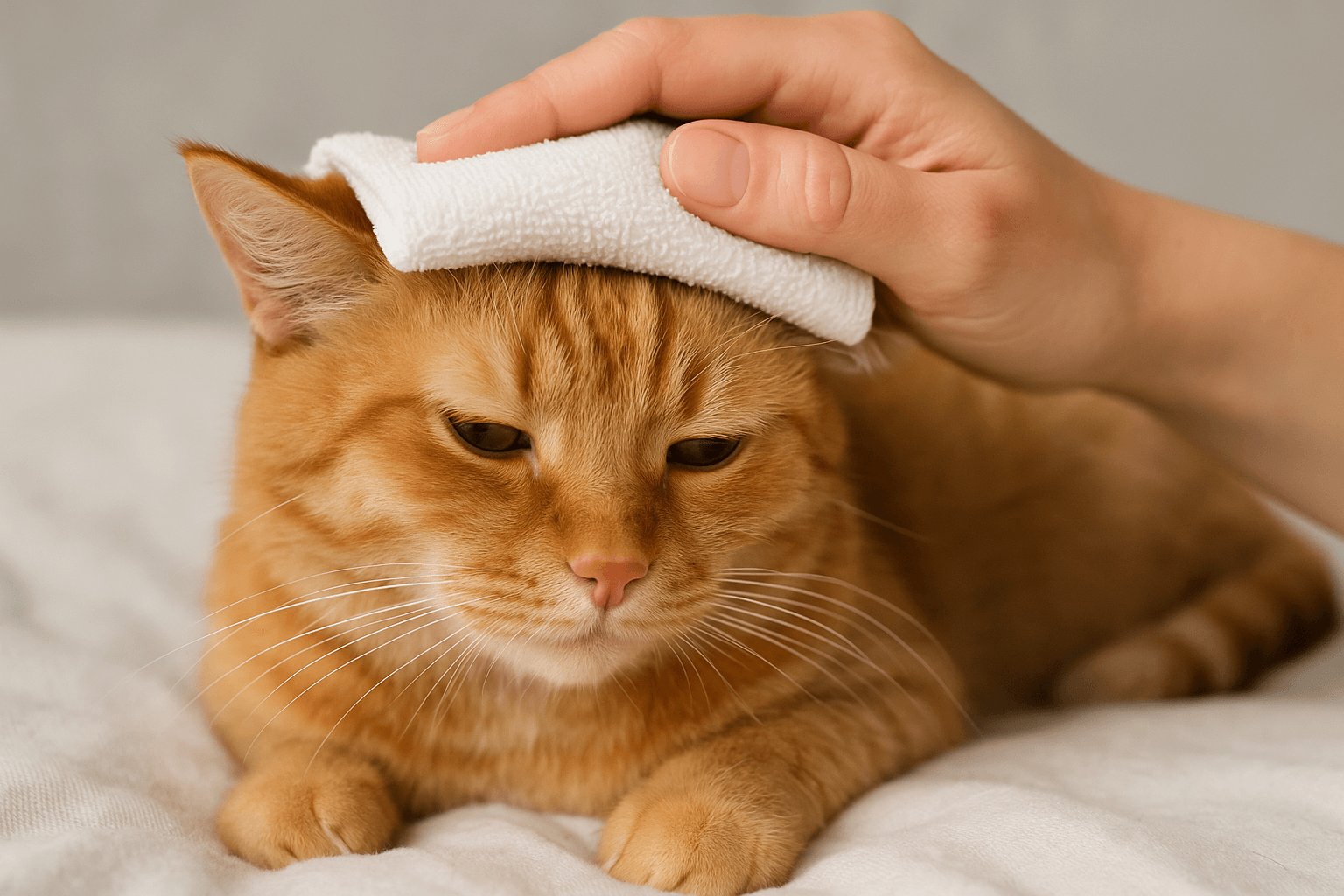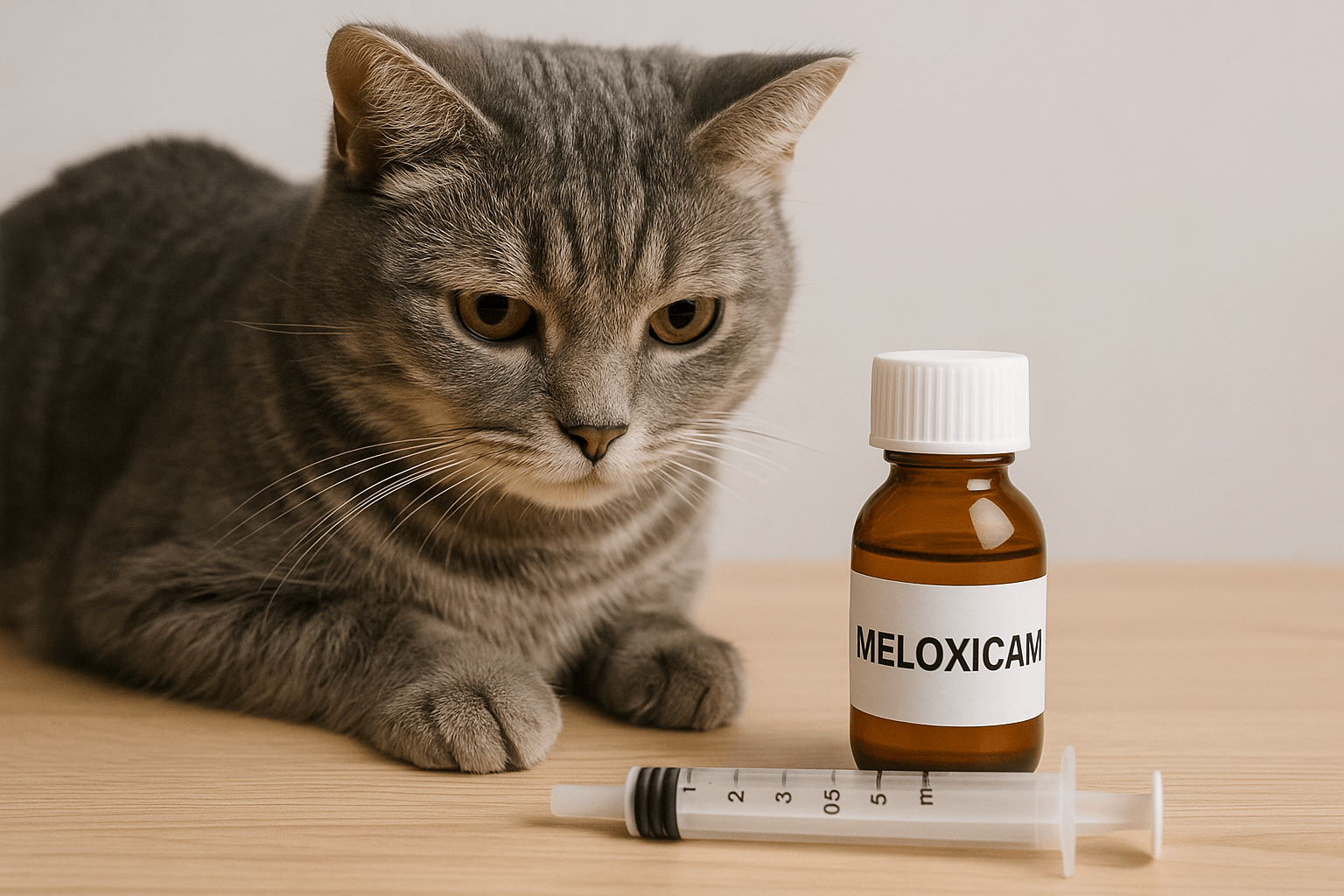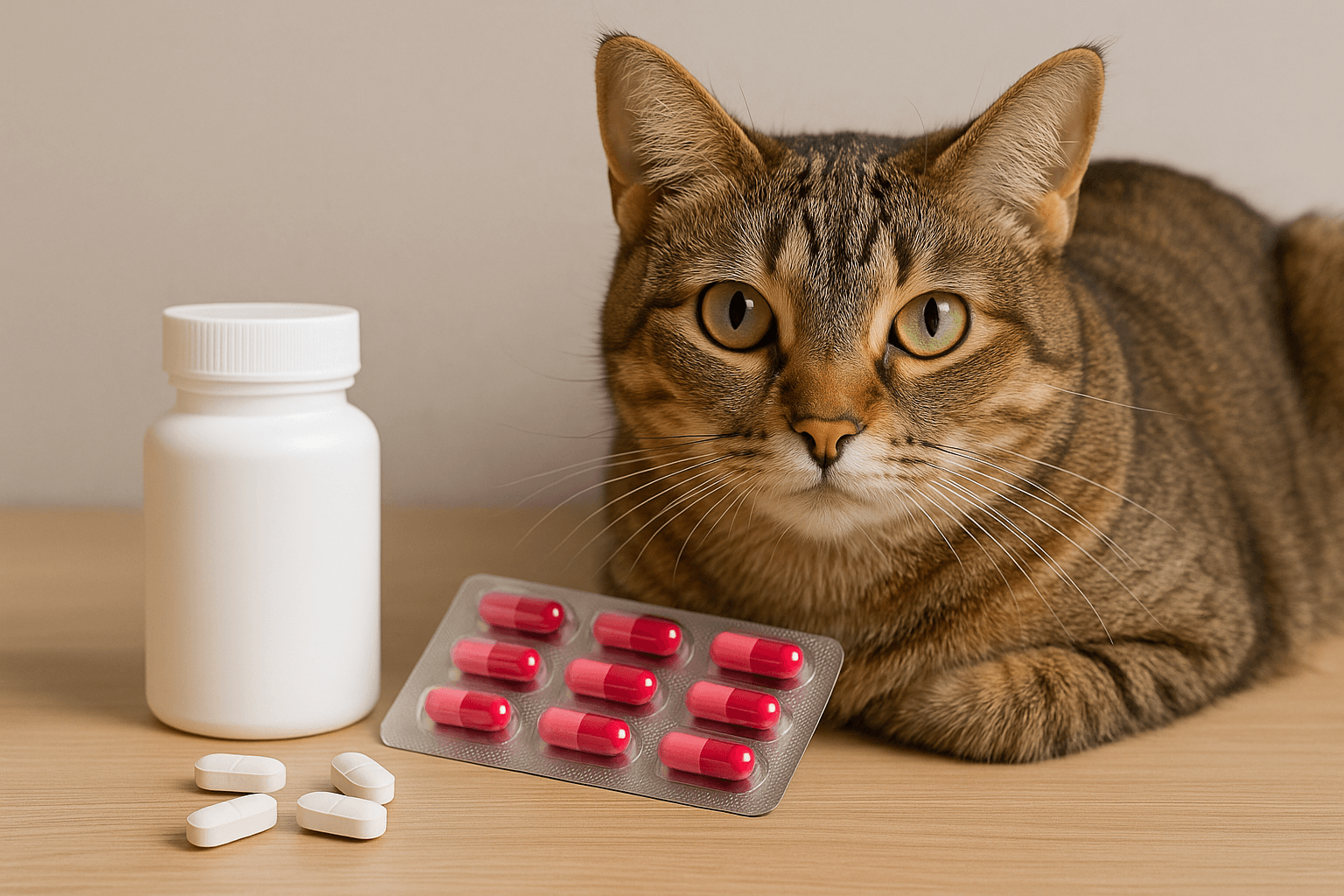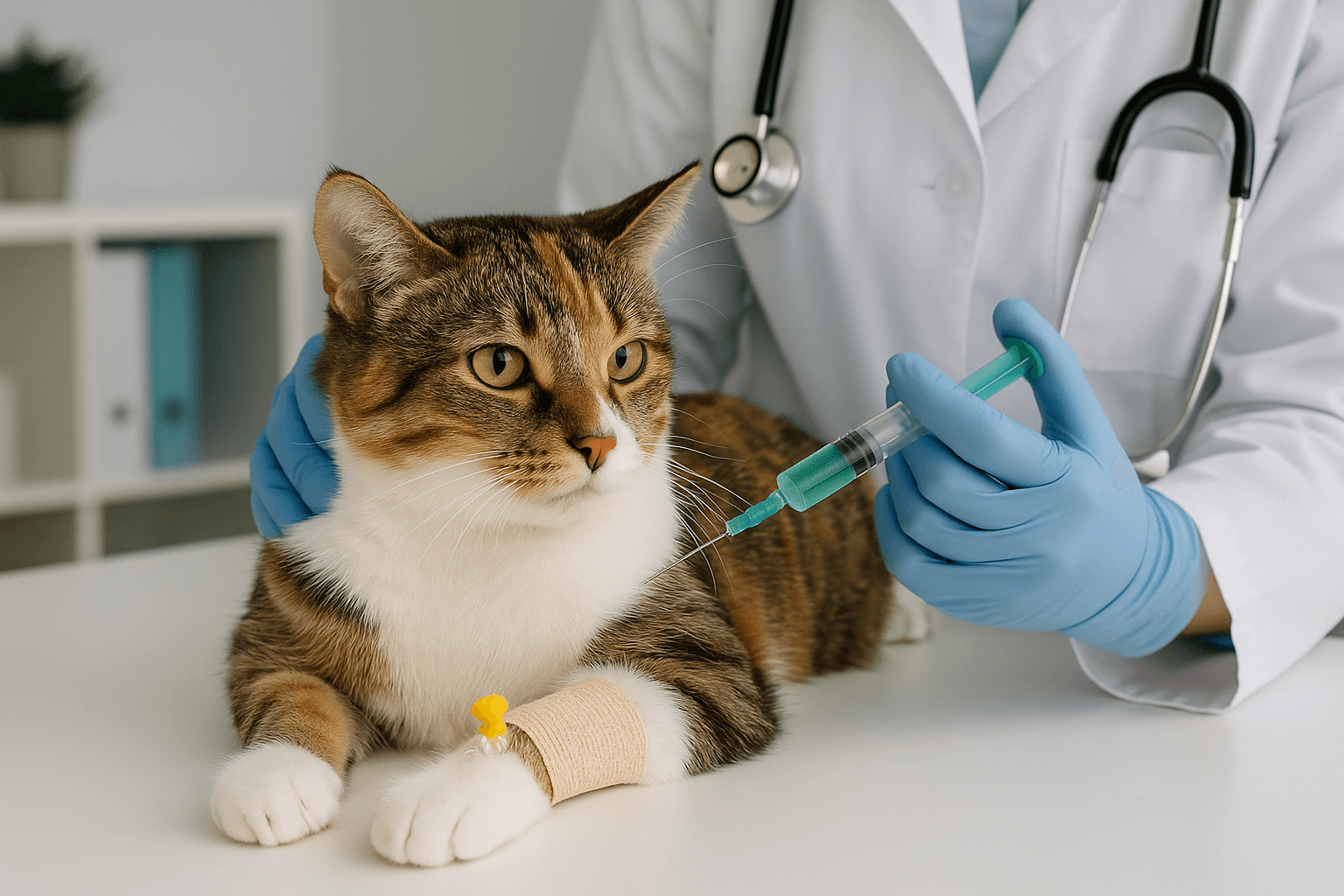How Long Do Cats Bleed After Giving Birth? A Guide for Cat Owners
Welcoming a litter of kittens into the world is an exciting yet delicate time for both the mother cat and her human caregivers. One common question that arises during this period is, “How long do cats bleed after giving birth?” Postpartum bleeding, also known as lochia, is a normal part of the birthing process for many animals, including cats. However, understanding what’s normal and what might indicate a problem is essential for ensuring your cat’s health and well-being. In this blog post, we’ll explore everything you need to know about post-birth bleeding in cats, from its duration to signs that may warrant veterinary attention. Let’s dive in and equip ourselves with the knowledge to care for our feline mothers effectively.
What Is Normal Postpartum Bleeding in Cats?
Postpartum bleeding in cats is a natural occurrence as their bodies recover from the physical demands of labor and delivery. The bleeding typically originates from the uterus as it contracts back to its normal size. Here are some key points about what to expect:
Duration of Bleeding
Most cats experience light bleeding for 1 to 2 weeks after giving birth. This is considered normal and should gradually decrease over time.Color and Consistency
The discharge is usually reddish-brown or pinkish initially and becomes lighter in color as the days progress.Volume of Discharge
Bleeding should be minimal—no more than a few drops at a time—and should not soak through bedding frequently.Odor
A mild odor is normal, but any strong or foul smell could indicate an infection that requires veterinary care.Behavioral Signs
A healthy mother cat will remain active, attentive to her kittens, and show no signs of distress despite the bleeding.
Understanding these parameters can help you distinguish between normal postpartum bleeding and potential complications. If anything seems unusual, don’t hesitate to consult your veterinarian.
When Should You Be Concerned About Postpartum Bleeding?
While some bleeding is normal, certain signs may indicate a problem that needs immediate attention. Here’s a list of red flags to watch for:
Excessive Bleeding
If the bleeding is heavy, persistent, or doesn’t taper off after two weeks, it could signal retained placenta or uterine issues.Bright Red Blood
Fresh, bright red blood after the first few days may suggest ongoing hemorrhaging or trauma.Foul-Smelling Discharge
A strong, unpleasant odor often points to an infection such as metritis (inflammation of the uterus).Lethargy or Weakness
A lack of energy, refusal to eat, or difficulty moving can indicate complications like sepsis or severe blood loss.Swollen Abdomen
An enlarged or painful abdomen may suggest retained kittens, placentas, or fluid buildup requiring urgent care.
Recognizing these warning signs early can make all the difference in your cat’s recovery. Always err on the side of caution and seek professional advice if you’re unsure.
Check this guide 👉Cat Giving Birth: Best 7 Health Tips!
Check this guide 👉Cat Gave Birth to One Kitten but Still Looks Pregnant: Best 7 Tips
Check this guide 👉Creating the Perfect Cat Birthing Box: Best 7 Health Tips!
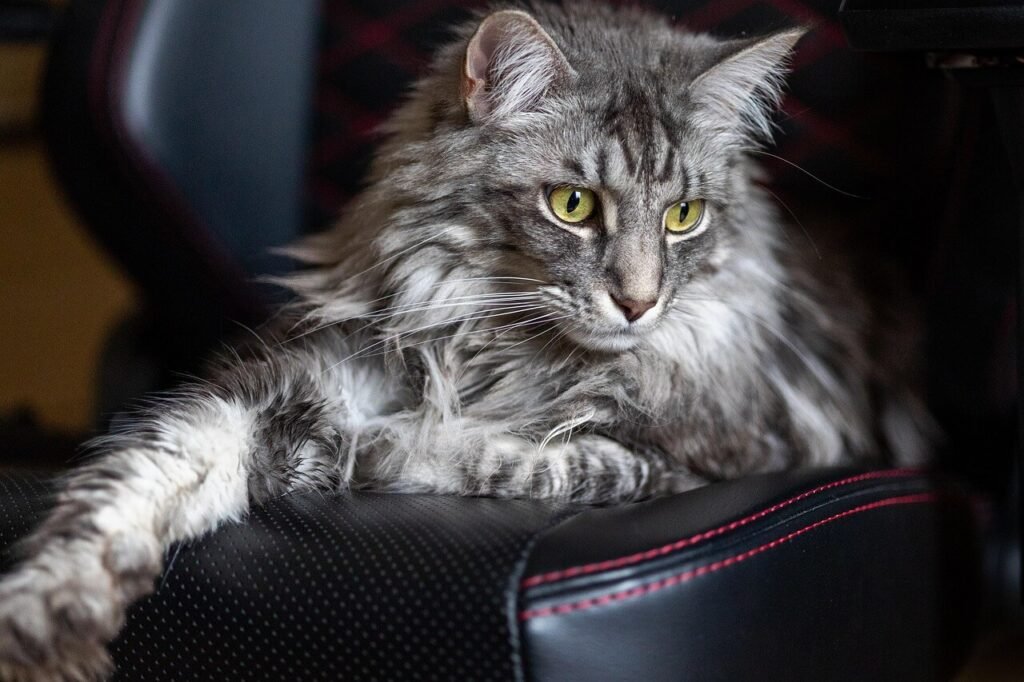
Normal Postpartum Bleeding | Signs of Complications |
|---|---|
Lasts 1–2 weeks | Heavy or prolonged bleeding |
Light pink or brown discharge | Bright red blood |
Minimal volume | Foul-smelling discharge |
Mild odor | Lethargy or weakness |
Gradual improvement | Swollen or painful abdomen |
Tips for Supporting Your Cat After Birth
Caring for a mother cat after she gives birth involves more than just monitoring her bleeding. Here are some practical tips to ensure her comfort and recovery:
Provide a Quiet Space
Create a calm, secluded area where the mother cat and her kittens can rest without disturbances.Monitor Her Diet
Offer high-quality, nutrient-rich food to support her energy needs and milk production for nursing kittens.Keep the Area Clean
Regularly clean the nesting area to prevent infections and reduce stress for the mother cat.Check for Retained Placentas
Ensure all placentas have been expelled during delivery, as retained ones can lead to infection or excessive bleeding.Schedule a Postpartum Check-Up
Arrange a follow-up visit with your vet to confirm the mother cat’s health and address any concerns.
By following these tips, you can create a safe and supportive environment for your cat during her recovery. Remember, her well-being directly impacts the health of her kittens.
How to Help Stop Excessive Postpartum Bleeding
If your cat experiences excessive bleeding after giving birth, there are steps you can take to help stabilize her until veterinary care is available. Here’s what you can do:
Apply Gentle Pressure
Use a clean cloth or gauze to apply gentle pressure to the affected area to help stop the bleeding temporarily.Keep Her Calm
Minimize stress by keeping the environment quiet and avoiding unnecessary handling.Encourage Rest
Ensure the mother cat has ample opportunity to rest and recover without interruptions.Hydrate and Feed
Offer water and nutritious food to prevent dehydration and support her body’s healing processes.Contact Your Vet Immediately
Excessive bleeding is a medical emergency, so contact your veterinarian right away for guidance and treatment.
Taking quick action can make a significant difference in your cat’s outcome. Always prioritize professional care in cases of abnormal bleeding.
Common Misconceptions About Postpartum Bleeding in Cats
There are several misconceptions about postpartum bleeding in cats that can lead to confusion or unnecessary worry. Clearing up these misunderstandings can help you better care for your cat during her recovery. Here are some common myths and the truth behind them:
Myth: All bleeding after birth is dangerous.
In reality, light bleeding for 1–2 weeks is normal as the uterus heals and contracts back to its original size.Myth: Cats don’t need vet care after giving birth.
Even seemingly healthy cats should have a postpartum check-up to rule out complications like retained placentas or infections.Myth: Excessive bleeding will stop on its own.
Heavy or prolonged bleeding requires immediate veterinary attention, as it could indicate serious underlying issues.Myth: Postpartum bleeding lasts for a month.
Normal postpartum bleeding typically subsides within 1–2 weeks; anything longer may signal a problem.Myth: Kittens won’t be affected if the mother is unwell.
A sick or stressed mother cat may struggle to care for her kittens, impacting their health and development.
By understanding the facts, you can provide better care for your cat and avoid unnecessary stress. Always trust your instincts and seek professional advice when in doubt.
Signs Your Cat Is Recovering Well After Birth
Monitoring your cat’s behavior and physical condition after birth can help you determine if she’s recovering as expected. Here are some positive signs to look for:
Active and Engaged
A healthy mother cat will remain active, attentive to her kittens, and show interest in her surroundings.Good Appetite
Eating regularly and drinking plenty of water indicates that her body is regaining strength.Clean Nesting Area
If the mother cat is keeping her nesting area clean, it’s a sign she feels well enough to care for her kittens.Decreasing Discharge
The amount and color of postpartum discharge should gradually decrease and become lighter over time.Comfortable Behavior
She should appear relaxed, with no signs of pain or discomfort when moving or lying down.
These signs suggest that your cat is healing properly and adjusting well to motherhood. Continue to monitor her closely and celebrate her progress.
Preventive Measures to Avoid Complications After Birth
Taking preventive steps can reduce the risk of complications and ensure a smoother recovery for your cat. Here are some practical measures to implement:
Provide a Stress-Free Environment
Minimize noise, unfamiliar visitors, and other stressors to help your cat focus on recovery and caring for her kittens.Monitor for Infections
Check for symptoms like foul-smelling discharge, fever, or lethargy, which could indicate an infection requiring treatment.Encourage Proper Hygiene
Keep the birthing area clean and replace bedding frequently to prevent bacterial growth.Limit Physical Activity
Discourage excessive jumping or strenuous movement to allow her body time to heal fully.Watch for Retained Kittens or Placentas
Ensure all kittens and placentas have been delivered, as retained tissue can lead to serious complications.
By taking these preventive measures, you can help your cat recover safely and comfortably. A proactive approach is key to avoiding potential issues and ensuring a happy, healthy start for both mother and kittens.
Frequently Asked Questions About Postpartum Bleeding in Cats
Is it normal for cats to bleed after giving birth?
Yes, light bleeding for 1–2 weeks is normal as the uterus returns to its pre-pregnancy state.
How much bleeding is too much after birth?
If the bleeding is heavy, frequent, or persists beyond two weeks, it’s a cause for concern.
Can I use medication to stop my cat’s bleeding?
Never administer medication without consulting your veterinarian, as improper use can worsen the situation.
What causes foul-smelling discharge after birth?
A foul odor often indicates an infection, such as metritis, which requires prompt veterinary treatment.
Should I worry if my cat stops eating after giving birth?
A temporary decrease in appetite is normal, but refusal to eat for more than 24 hours warrants a vet visit.
Nurturing Your Cat Through Recovery
Understanding how long cats bleed after giving birth—and knowing what’s normal versus abnormal—can help you provide the best possible care for your feline friend. While some postpartum bleeding is natural, staying vigilant for signs of complications ensures your cat remains healthy and comfortable during her recovery. By creating a nurturing environment, offering proper nutrition, and seeking veterinary assistance when needed, you’re playing a vital role in supporting both the mother cat and her kittens. Parenthood is challenging, even for cats, and your love and dedication make all the difference. Together, you and your furry companion can navigate this special journey with confidence and care.
Cat Fever Treatment: Best 7 Expert Tips! Discover expert advice on identifying, managing, and treating fever in cats to ensure their quick recovery and well-being.
Understanding Meloxicam for Cats: Best 7 Expert Tips! Learn how to safely administer meloxicam, manage side effects, and ensure your cat's comfort with expert advice on feline pain relief.
Amoxicillin for Cat UTI: Best 7 Expert Tips! Discover safe usage, dosage guidelines, and expert advice on treating feline urinary tract infections effectively with amoxicillin.
Understanding Cat Cancer Treatment: Best 7 Expert Tips! Discover expert advice on managing feline cancer, from early detection to treatment options, ensuring your cat’s health and comfort.

